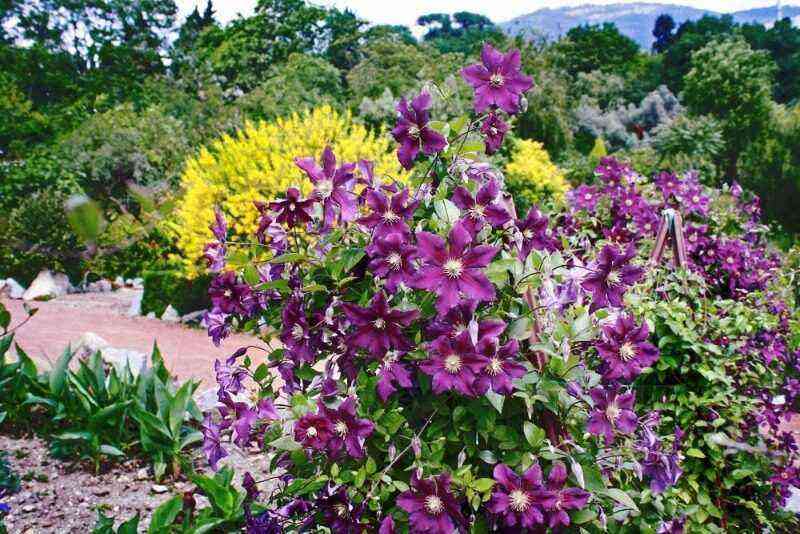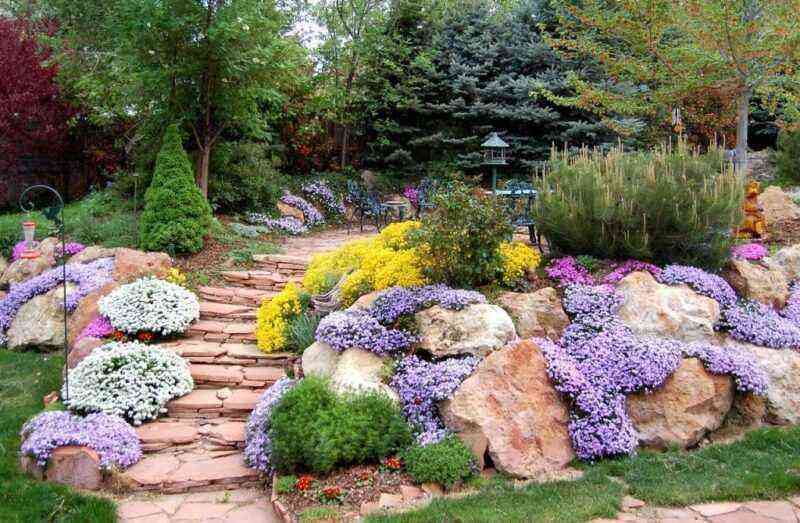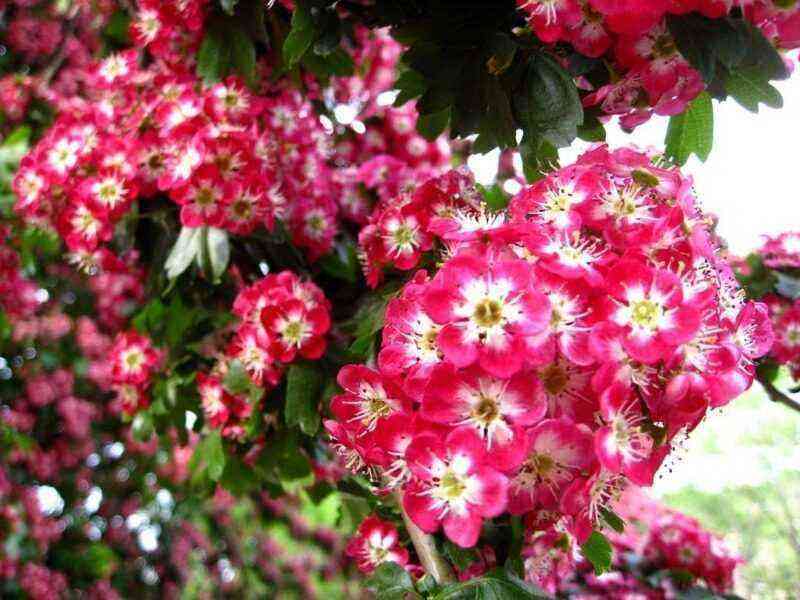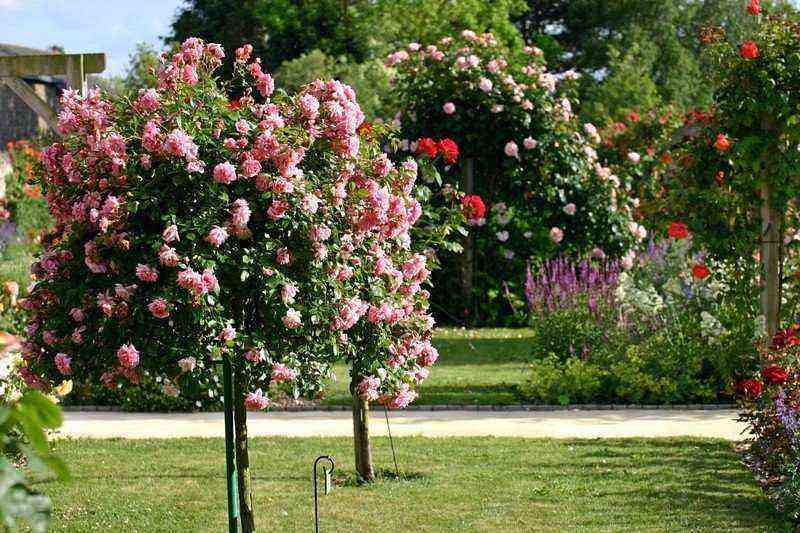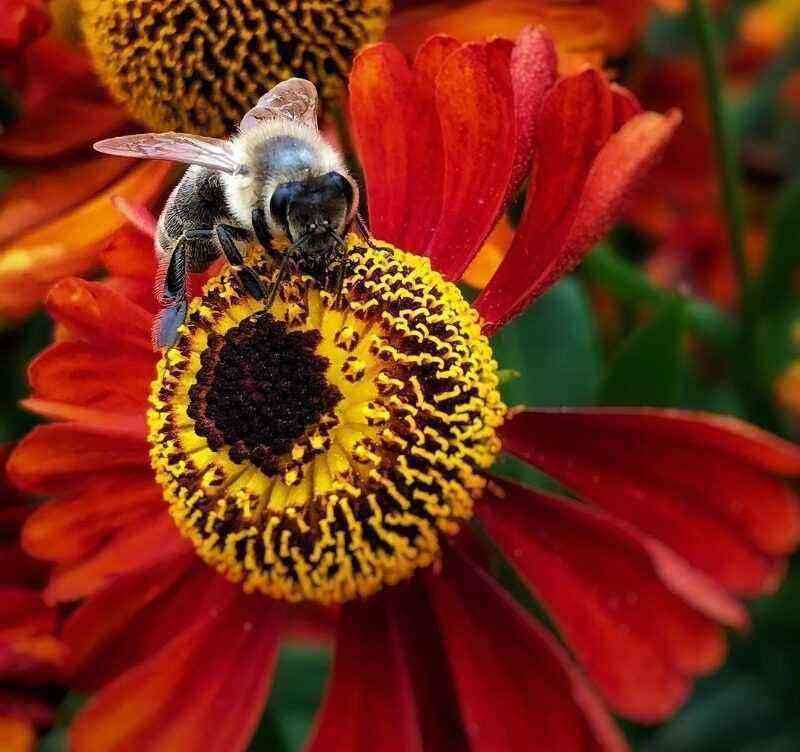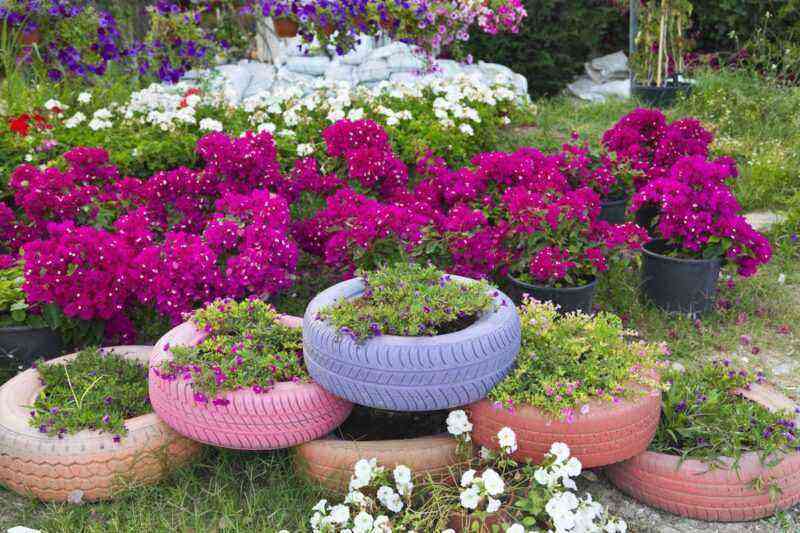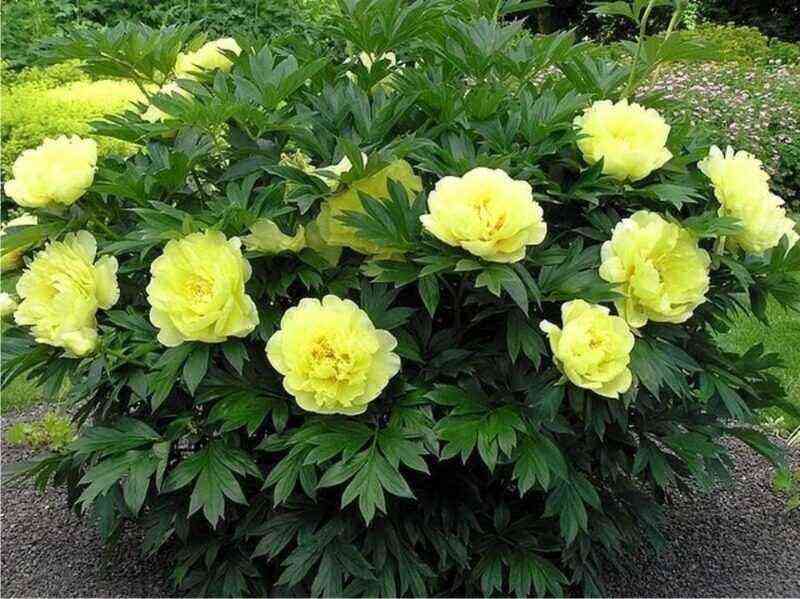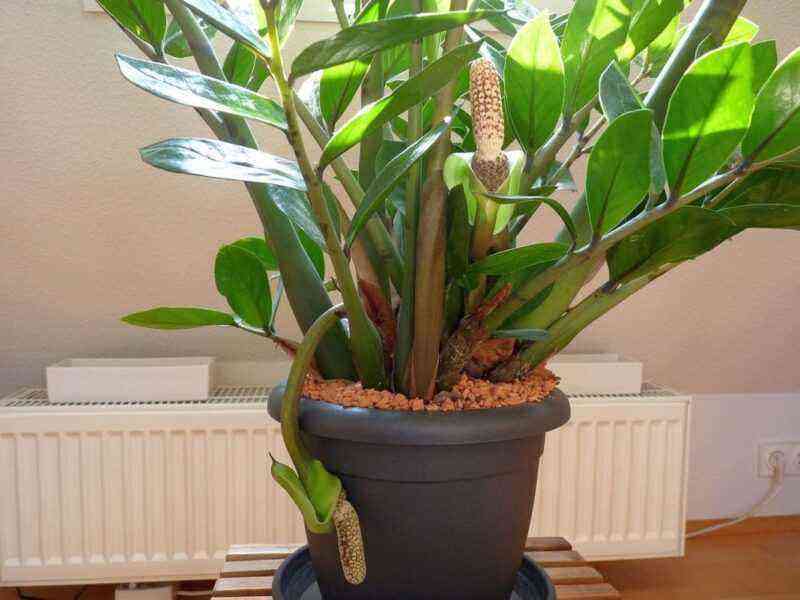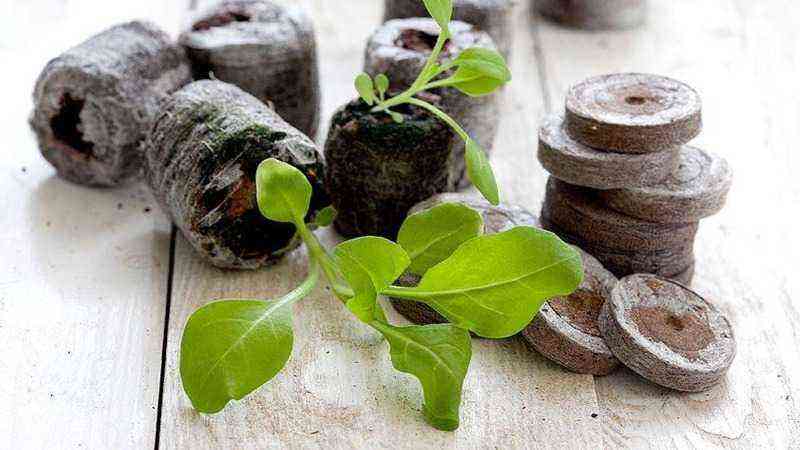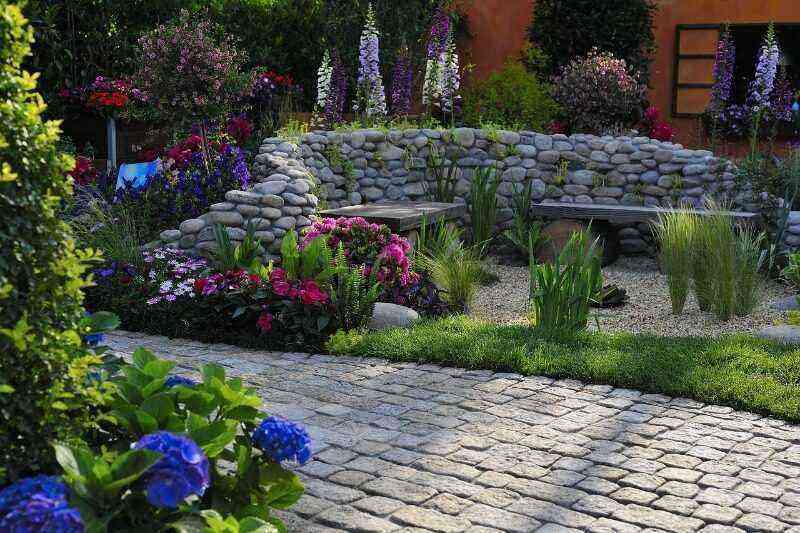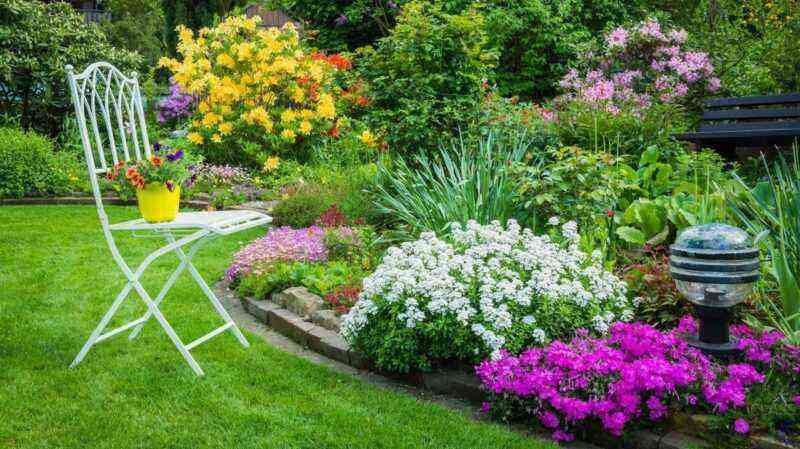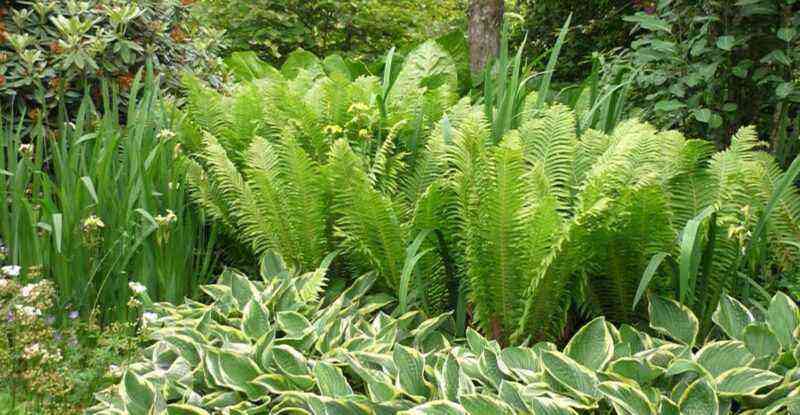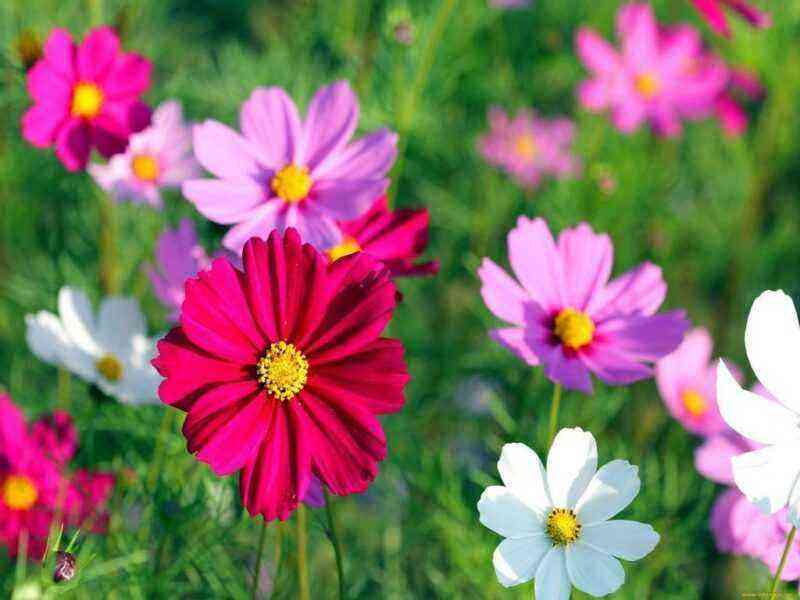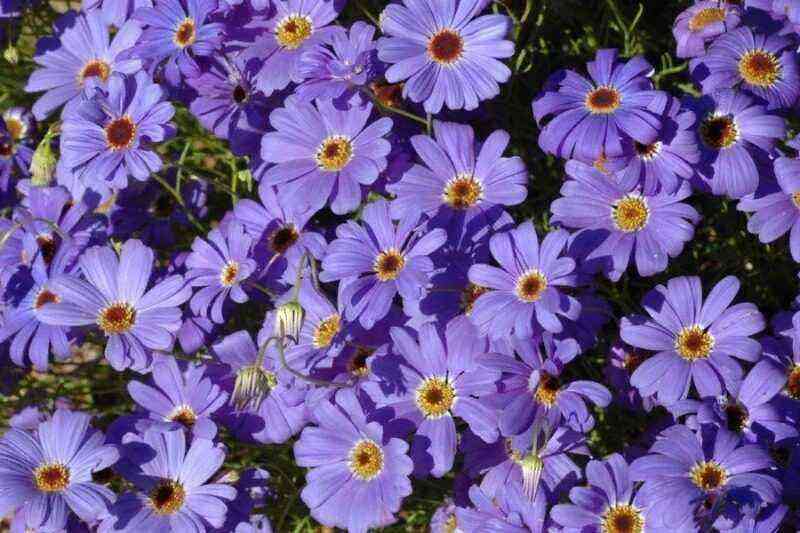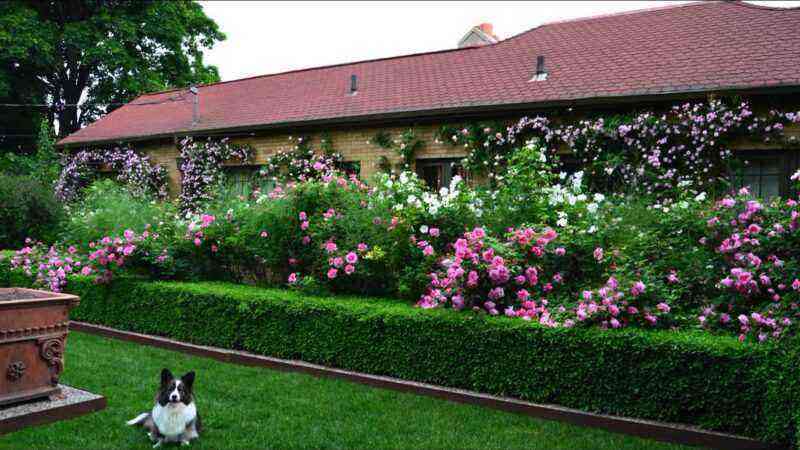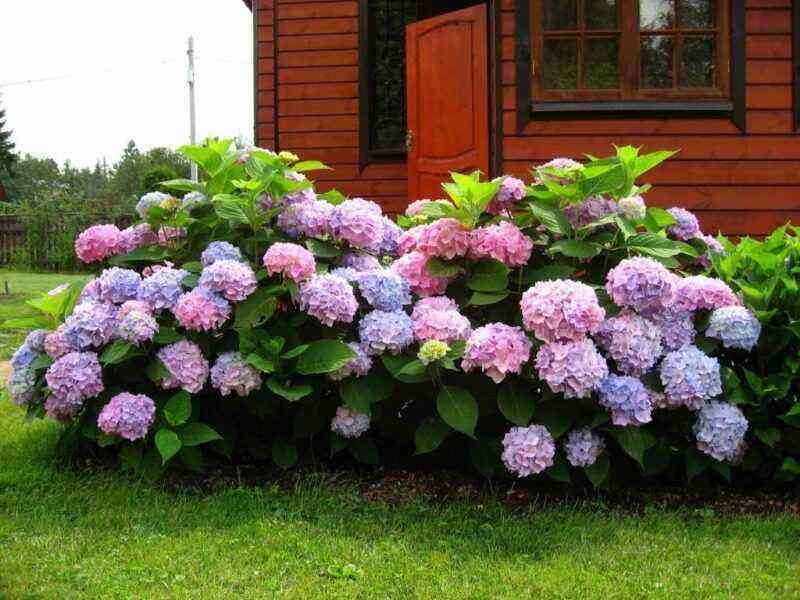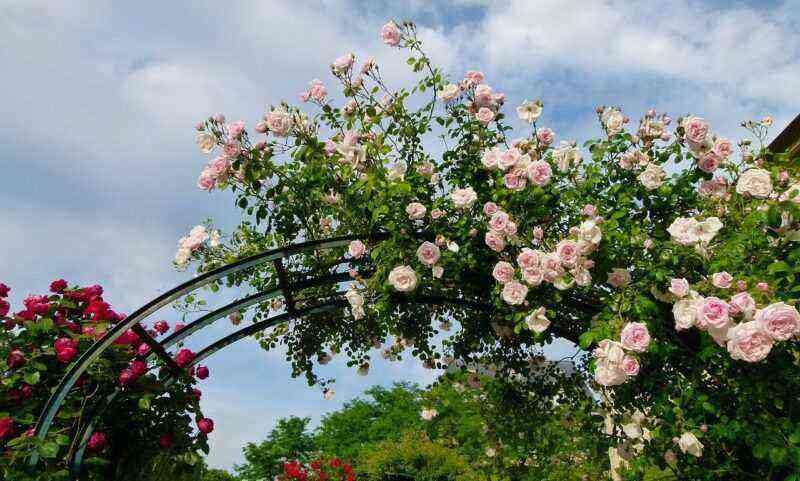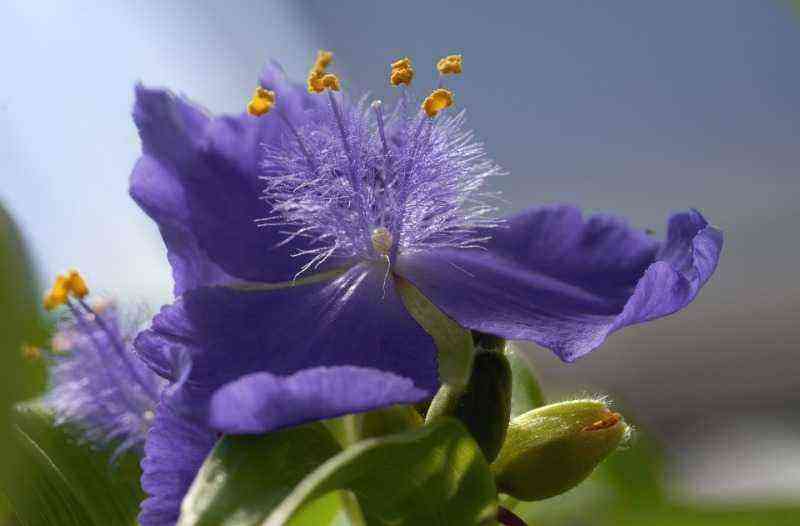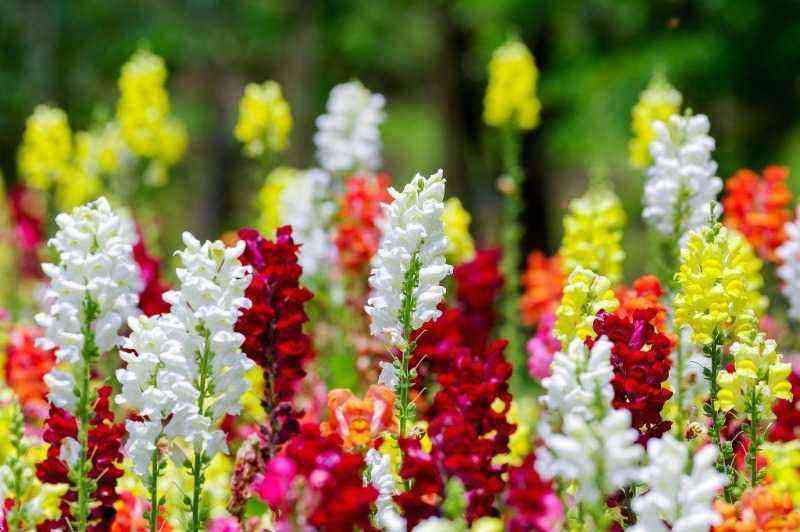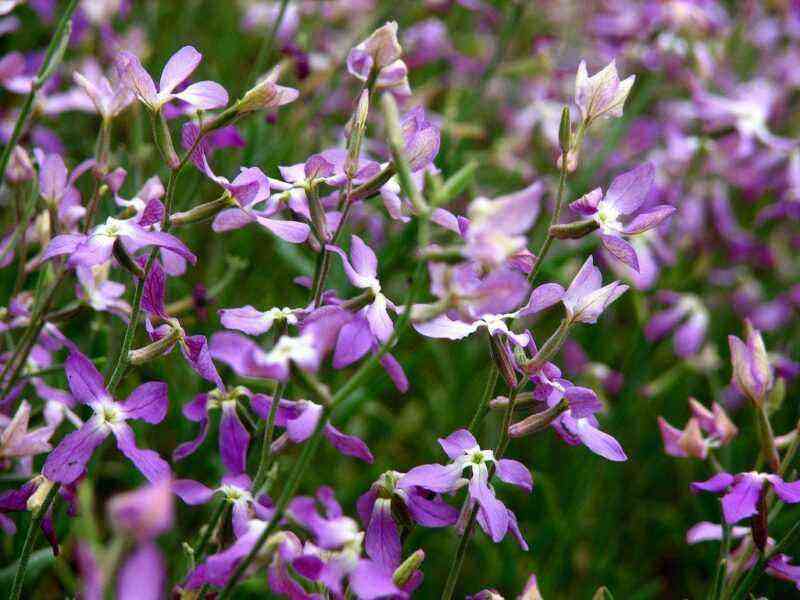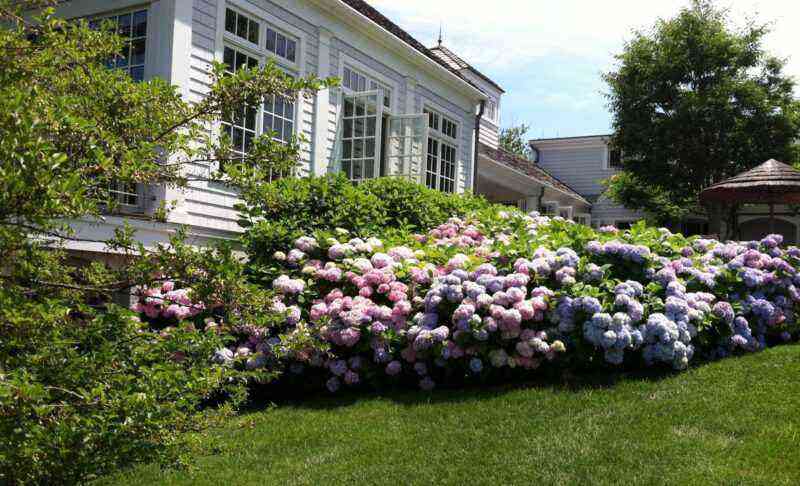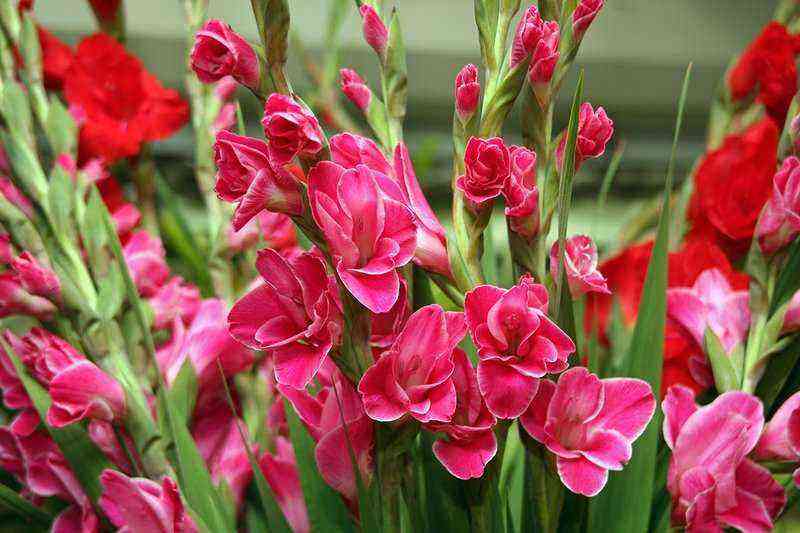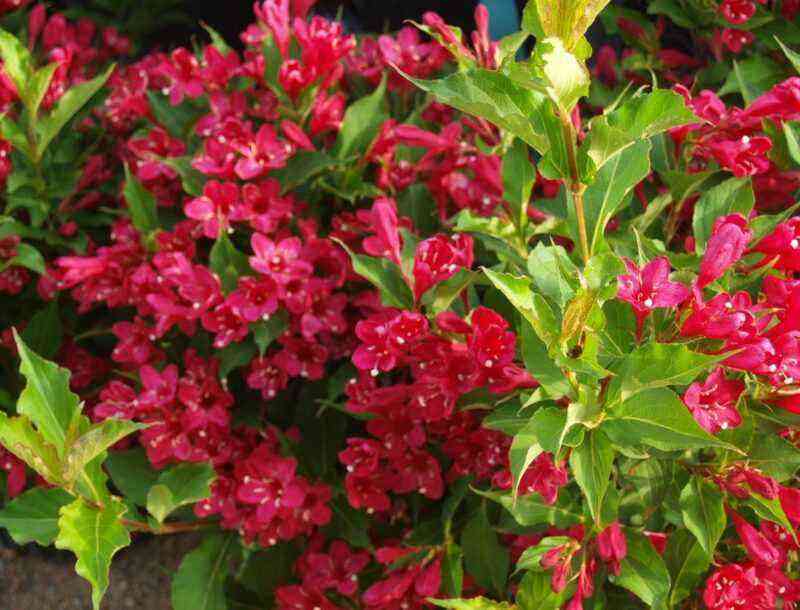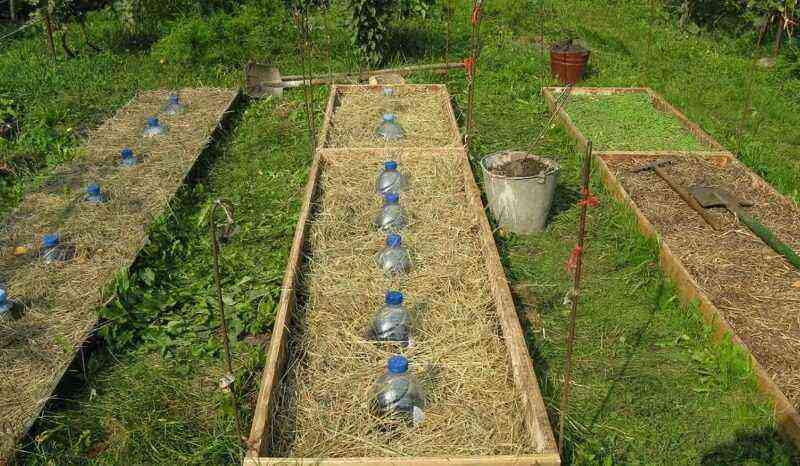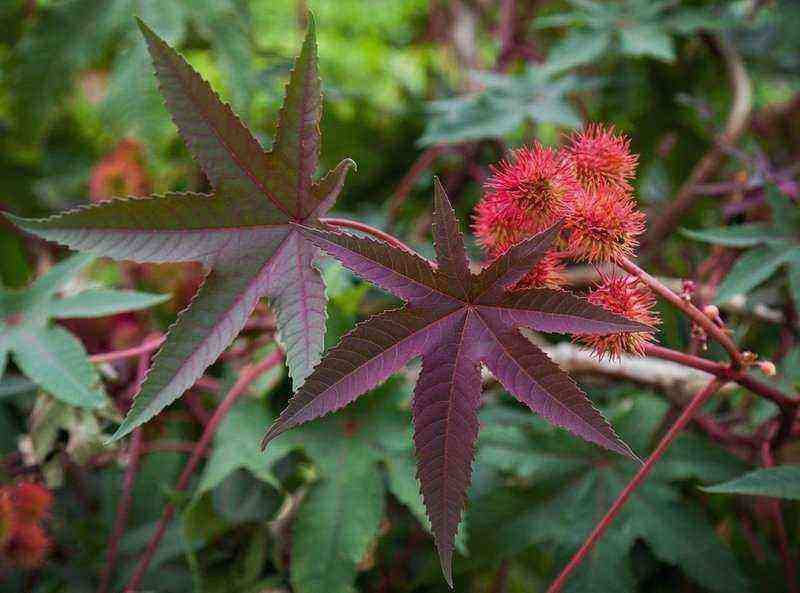In September, not only are they harvested, but also the flower beds are prepared. To do this, it is easy to choose several varieties of plants that are planted in a flower bed. They will withstand the winter cold and will delight in spring with bright flowering.
Hyacinths
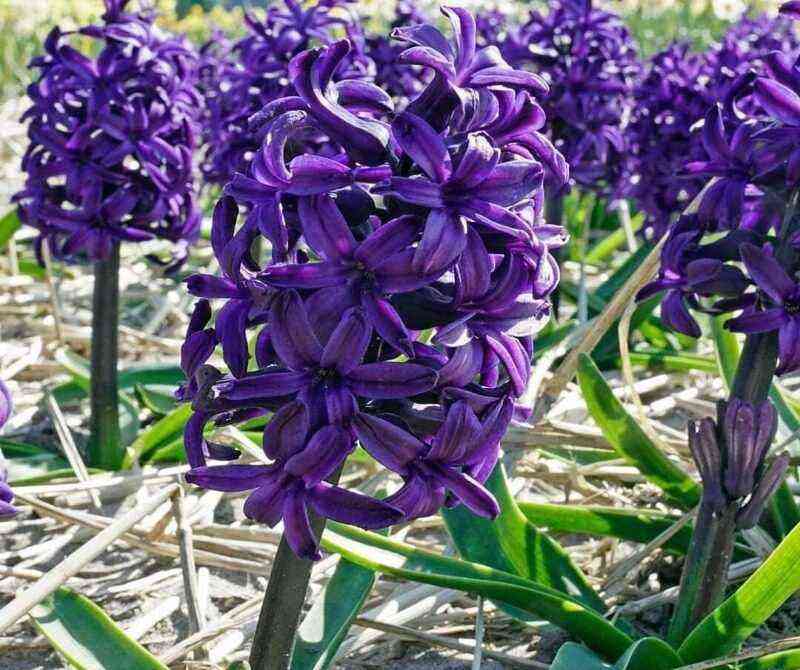
In spring, hyacinths wake up from hibernation quite early; in April, you can admire the greenery.
If bulbs are planted in a sunny area protected from the winds in late September and early October, the plant will feel comfortable.
If the autumn is very warm, the planting is postponed until the beginning of November. This is due to the fact that with an excessively early sowing, the plant will begin to develop and die during cold weather. But planting in frozen soil is also pointless – hyacinth will not be able to take root.
Daffodils

In late April or early May, you can already see blooming daffodils in the garden. To do this, you need to land them in September on a sunny site, protected from the winds. The optimal base will be loamy soil.
When planting, the bulbs are placed at a distance of at least 15 cm from each other. The soil should be loose, without weed residues, slightly damp.
The procedure can be carried out at the end of September when the air temperature is above zero.
Crocuses
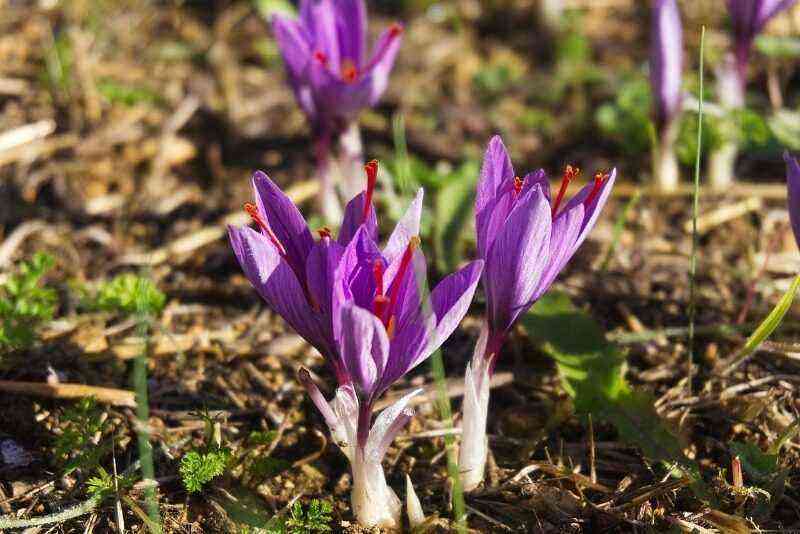
Water-permeable and loose soil, good lighting is necessary for the autumn planting of crocuses. Not sprouted, without damage and dense bulbs are deepened into the wells at a stable positive air temperature.
In this case, it is worth grouping the planting material by size. The larger the onions, the deeper they should be embedded.
Crocuses can survive frosts down to -20 ° C. If lower temperatures often occur in the region, then planting in a greenhouse, organizing a shelter is possible. In this case, the plants are planted in pots, and in spring they are transferred to open ground.
Ranches

Perennial flowers are planted in open ground in late August or early September. The plot can be sunny or slightly shaded.
Before planting, grouse bulbs should be held for 30 minutes in an unsaturated solution of potassium permanganate, dried and lightly sprinkled with charcoal.
The soil for flowers should be well-drained, loose and fertile. The site before planting hazel grouses is easy to prepare: dig it up shallowly, adding good humus or peat. You can replace them with wood ash or lime, and if the earth is heavy, then river sand must also be added.
Scilla

Scylla, or scrub, loves organic and mineral fertilizing. Therefore, before planting, the soil should be fertilized with components containing phosphorus, nitrogen and potassium.
Moisture stagnation is unacceptable. To do this, add a little sand to the dense soil.
Planting holes are placed at a distance of 8-10 cm from each other. The bulbs are slightly deepened into the ground, no more than 5-8 cm. The depth of the holes depends on the size of the planting elements.
Muscari
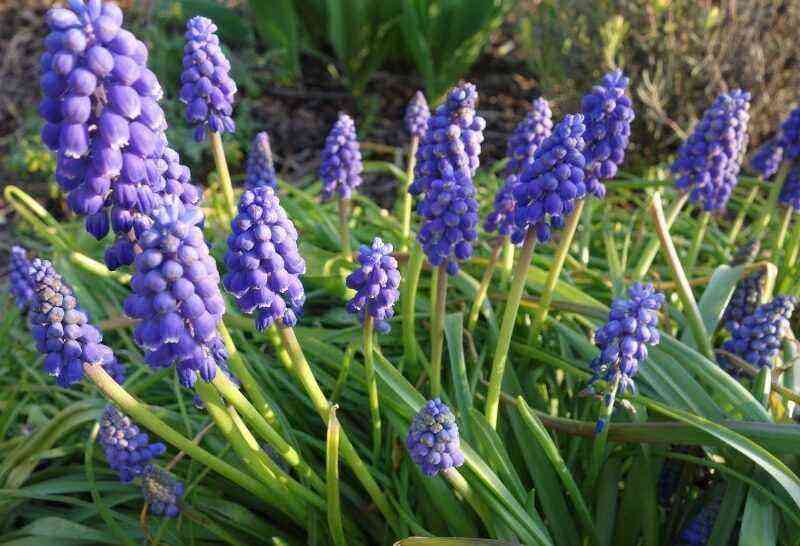
Flowers with original buds are unpretentious and take root well when planted in autumn. For this, both a slightly shaded and sunny place are suitable.
At the same time, moisture stagnation is dangerous for muscari, which is easily solved by arranging drainage.
Planting should be done between mid-September and mid-October. If autumn is expected to be cold or the region has a harsh climate, then the process is planned precisely for the first month of autumn.
Irises
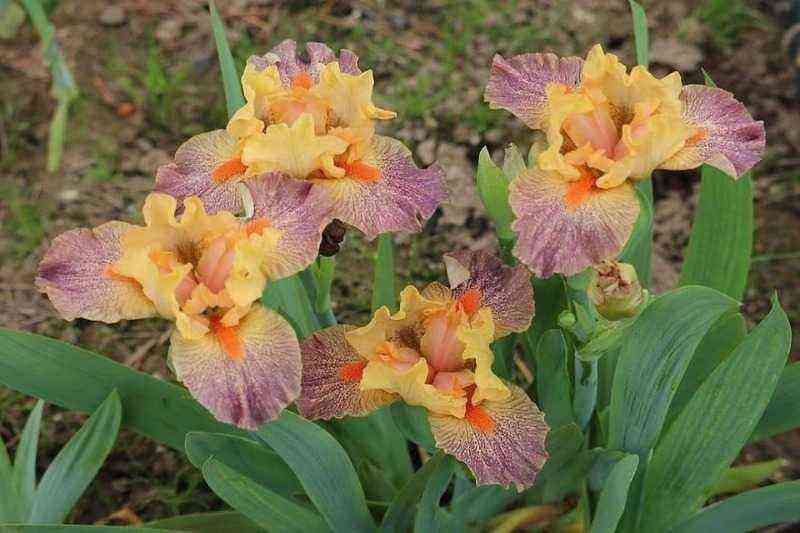
Bulbous perennials are planted at the end of September. During this time, the flower will have time to adapt, but will not begin to grow.
You can see the first buds in a couple of weeks after the snow melts.
For planting, you need a non-flooded area without stagnant water. Loose, nutritious and well-drained soil is suitable for these flowers.
Galanthus

For several years, Galanthus can be grown in one place without transplanting. It is advisable to plant them in compact groups of 15-30 pieces. They are placed in open ground at the end of August at a distance of about 10-12 cm from each other.
The depth of the hole should correspond to three times the height of the flower bulb. In the hole, the lower 1/3 part is occupied by the bulb, and the upper 2/3 parts are the soil, which is sprinkled with the planting material. In the fall, you can insulate the landing sites.
Before the autumn planting of any flowers, a flower bed is prepared and the soil is saturated with nutritious dressings. Drainage and wind protection are also important.
Then in the spring the flowers will quickly awaken and open bright buds.
